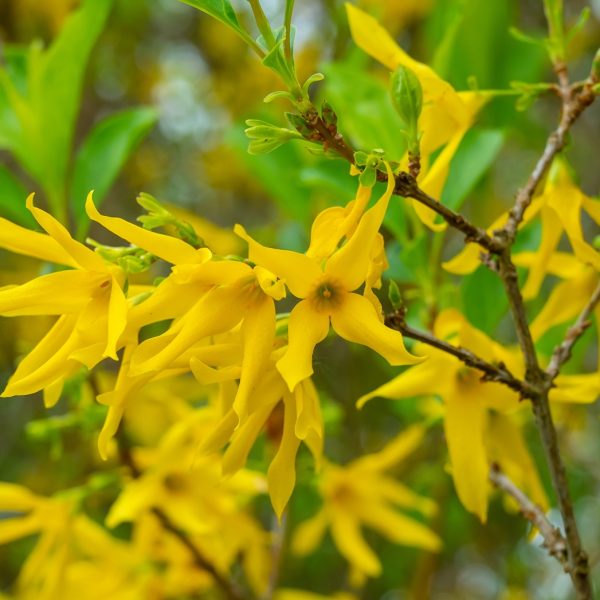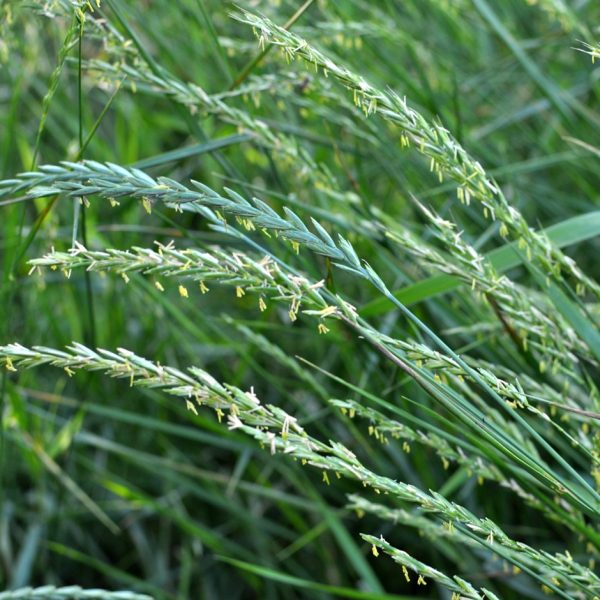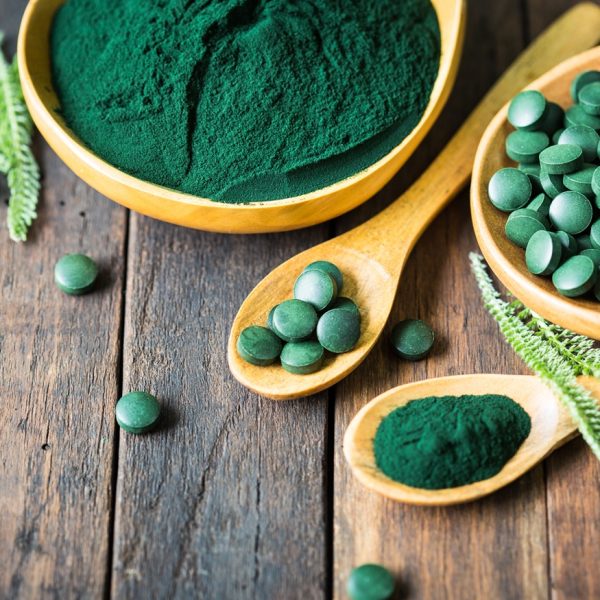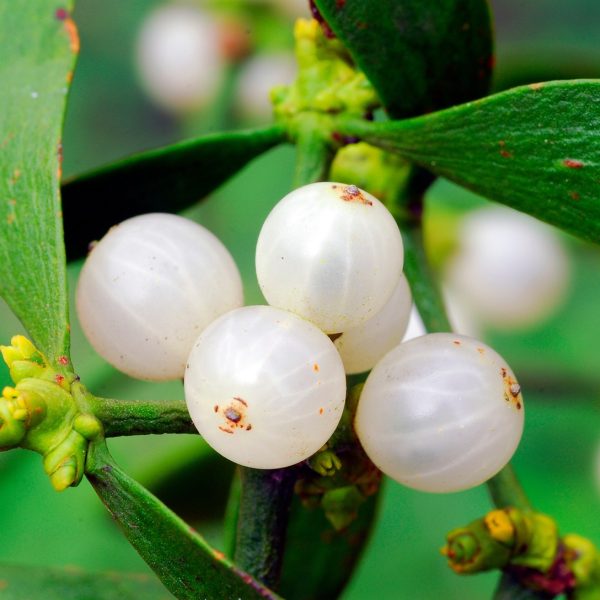Supporting breast health is a vital part of a woman’s wellbeing. How can Ayurvedic principles help to offer a holistic perspective on breast care?
Understanding breast health from the Ayurvedic perspective
Breast health is a key part of a woman’s overall wellbeing. However, breast health can be complex as the breast is both an exocrine gland, producing breast milk for the new child, and a secondary sexual characteristic. Breasts can fluctuate in size, shape and tenderness with the menstrual cycle and through puberty, pregnancy and menopause. They respond to an array of endogenous hormones and exogenous oestrogens and pollutants. Breasts also have extended meaning, having long represented love and fertility, as well as sex and pleasure. Maintaining breast health requires an integrated approach of physical care, emotional balance, dietary, lifestyle and herbal support.

“The quality and attributes of rasa dhatu are responsible for the growth of breast tissue and for maintaining ovulation and menstruation” (1)
The breast consists of glandular tissue, adipose tissue, nerves, blood and lymphatic vessels. From the Ayurvedic perspective, they are made up mainly of fat tissue (meda dhatu) and blood plasma and lymphatic fluid (rasa dhatu considered as the juice of life). The breasts do not contain muscular tissue, but they do overlie the pectoralis muscle. The shape of the breasts is largely determined by how much fatty tissue there is and the tone of the supportive tissues, the connective tissue, and ligaments. The lymph is the most dynamic part of the breasts, existing throughout the tissue but most concentrated with nodes in the axillary area, underneath the armpit. Each tissue is recognised as having certain by-products. Rasa dhatu’s by-products are the top layer of the skin, the menstrual flow and the lactational flow. In this way, the health of the menstrual cycle is intimately connected with the health of the lactational and lymphatic flow in the breasts.
If there is long standing, lingering vata dosha (along with its qualities of dryness, coldness and roughness) in rasa dhatu, then rasa may be so depleted that women will have small, undeveloped breasts. This may also result in a cessation of menstruation. On the other hand, long standing kapha dosha imbalance will cause the breasts to be unduly large, along with mucus and clots in the menstrual flow. In this way, the size and shape of the breast can be seen to depend on the quality of rasa dhatu, which in turn depends on the quality of diet and what can be assimilated by the agni (digestive fire).
The quality of the menstrual flow can lead to an understanding of breast health. For women who have stopped menstruating, the quality of the top layer of skin can indicate the health of rasa dhatu. As the rasa dhatu is the entire plasma and lymphatic system, ensuring that there is proper hydration and that the dhatu’s flow is not inhibited in any way is of utmost importance to breast health.
The Ayurvedic doshas and breast health
From an Ayurvedic point of view, the doshic constitution is the key determinant behind the physique, including the shape and size of the breasts. Vata dominant individuals tend to have less fat tissue (meda dhatu) and smaller breasts, whereas kapha predominance is associated with larger breasts. With predominant pitta there tends to be more muscular tissue supporting medium sized breasts.

“Diseases of the breasts are caused due to the localisation of aggravated dosha in the breasts. These doshas get lodged in the breasts, immaterial of them having milk or not, vitiate the blood and muscle and give rise to the diseases of the breasts.” (2)
Health issues with the breasts can also indicate which underlying dosha is out of balance:
- Vata dosha governs movement and circulation so any imbalance can result in dryness, poor circulation, or loss of firmness in the breast tissue. Vata-related disruptions often lead to fluctuating breast size, blocked ducts or discomfort during any hormonal changes (1).
- Pitta dosha governs metabolism and transformation. An excess can cause inflammation or tenderness in the breasts, often manifesting around menstruation. There may also be pain, burning sensations, infection and mastitis.
- Kapha dosha governs stability, moisture, and growth, making it crucial for maintaining healthy breast tissue. However, excess can result in congestion, formation of cysts or fibrocystic tissue. One may also see sluggish lymphatic drainage, leading to fluid retention or heaviness in the breast tissue.
The Eastern medicine approach to breast health issues such as fibrocystic breasts, benign cysts and breast cancer can be summarised by Ayurveda and Traditional Chinese Medicine practitioner Welch:
“Over the years I have come to believe that there are two main factors that foster breast disorders: the accumulation in breast tissue of toxic sludge (which Ayurveda calls ama) and the stagnation which keeps that sludge in place.” (3)
Ayurveda’s term ama means ‘unripe, uncooked, immature and undigested’ and offers a broad concept of waste, being any unmetabolised substance not assimilated by your mind or body. Initial signs are weakness, fatigue, fogginess, bad breath, a coated tongue, body odour and sluggishness. It has damp, sticky, heavy qualities and if left to stagnate, becomes poisonous and can lead to digestive issues, rheumatic joint or muscle pain, high cholesterol, autoimmune conditions, weight gain, low energy, as well as many other issues. Most people have some degree of ama due to the increase in internal and external toxins today. Beyond increasingly processed diets and environmental pollutants, we are exposed to stress, extreme emotions, negative images and distressing world events through the media on a regular basis. Eating food incompatible with your digestive capability and constitution, incompatible food combinations (such as milk with meat or fish) and withholding urges (e.g., bowel movements, flatus, urine) can also impair the digestive fire, allowing ama to accumulate.
“When food is undigested because digestion is low, it becomes imbalanced and collects in the stomach. It is known as toxic ama”. (2)If ama is purely caused by poor digestive power, it may remain in the digestive tract causing various acute and chronic digestive issues. Increasing the digestive fire facilitates digestion, then passing it out of the body. However, if ama crosses the GI tract membranes and is absorbed into general circulation, it can impact deeper metabolic processes. These blockages cause further reduction in metabolic fires in a vicious cycle leading to many serious, chronic diseases, including those affecting breast tissue. These depend on where it gets lodged (often in inherently weak tissue) and with which doshas it combines. If ama remains in the body for a long time, it can lodge deep in the tissues and cells, initiating autoimmune reactions and cancer.
“Stagnation in the breast tissue of both qi (energy) and nourishing fluids is a common malady for modern women. Throughout our lives, breast tissue remains relatively stagnant compared to muscles.” (3)
As long as lymphatic flow is supported, toxins can be removed, ducts do not become blocked, and less accumulation occurs. However, because breasts are mostly fat tissue, they do not have the quantity of blood flow available in muscle tissue, so ama that has collected in breast tissue can stagnate, and become denser with fibrocystic changes. Ayurveda recognises that these obstacles can be both physical, such as a blocked duct, and energetic in nature, as occurs with deep-seated emotions. Welch suggests the following as possible culprits for increasing stagnation: shallow and incorrect breathing, overly constrictive underwired bras, applying antiperspirants that hinder the flow of sweat, lack of breast massage and lower levels of breastfeeding. Indeed, there is a reduced risk of both breast and ovarian cancer in mothers who breastfeed their babies (4).
Given that the key is to ensure proper flow of lymph and a lack of stagnation within our breast and chest tissue, the primary doshas to address are kapha and vata. Kapha balance is important to minimize overaccumulation. Vata plays a supporting role by providing the energy for movement and flow, but not at the expense of drying out the tissues. Indeed, Sushruta, one of the ancient Ayurvedic physicians and also a surgeon, described how a benign tumour forms. Kapha builds in the channel and then vata dries out the channel, condensing kapha which “produces a round, bulged, and hard swelling”. The tumour can take on further characteristics depending on additional doshic factors, like inflammation and abscess formation if pitta is involved. Typical benign tumours and cysts of the breasts, however, are primarily vata and kapha in character (2).
A key treatment approach is to cleanse the body, reducing ama and aggravated doshas through specific procedures such as panchakarma. One study found that panchakarma reduced fat-soluble toxins such as DDE (a by-product of DDT) and polychlorinated biphenyls (PCBs) by about fifty percent (5). These toxins remain in the body for up to forty years. To date, there is no other proven means of eliminating this class of disruptive chemicals from the physiology, which have been linked to many chronic disorders including: hormone disruption, immune system suppression, reproductive disorders, several types of cancer and allergies. This style of cleansing is not available to most as it must be a highly supervised process over 3–4 weeks minimum. However, there are other ways to increase the digestive fire, preventing further ama formation and eliminating it from the body, little by little over time.
Common issues with breast health
Breast cancer is now the most commonly diagnosed cancer in the world and the disease is the leading cause of cancer mortality in women worldwide. The incidence is strongly correlated with human development, with a large rise in cases anticipated in regions of the world that are currently undergoing economic transformation (6). Breast cancer has been shown to be a disease largely triggered by environmental and lifestyle factors rather than genetic, which is believed to be responsible for only 10–15% of all breast cancer cases (7). So, what is responsible for causing the remainder? The key suspects are exposure to pollutants, poor nutrition, inadequate exercise and high stress levels. There is also scientific inquiry into whether grief plays a role in breast cancer, which is of great interest considering the connection between breast tissue and the emotions (8).

Symptoms of breast cancer in women may include (9):
- A lump, or swelling in the breast, chest or armpit
- A change in the skin of the breast, such as dimpling (may look like orange peel) or redness (may be harder to see on black or brown skin)
- A change in size or shape of one or both breasts
- Nipple discharge (if not pregnant or breastfeeding), which may have blood in it
- A change in the shape or look of the nipple, such as it turning inwards (inverted nipple) or a rash on it (may look like eczema)
- Pain in the breast or armpit which does not go away — breast pain that comes and goes is usually not a symptom of breast cancer
Breast pain is also a common issue, usually linked to periods, which usually:
- Begins up to two weeks before a period, gets worse and then goes away when the period ends
- Feels dull, heavy or aching
- Affects both breasts and sometimes spreads to the armpit (10)
Other causes of breast pain include:
- Injuries or sprains to the neck, shoulder or back — these can be felt as breast pain
- Medicines like the contraceptive pill and some antidepressants
- Conditions like mastitis or breast abscess
- Pregnancy
- Hormonal changes during menopause
Finally, fibrocystic breast changes are also very commonly seen, especially between the ages of 35 and 50 years. These are a combination of fluid-filled sacs, or cysts, and prominent thickened fibrous tissue. They are benign, and do not increase risk of breast cancer.
Herbal solutions
Always consult a qualified herbalist or Ayurvedic practitioner to determine the most suitable and safe herbs, correct dosage.
Recall that the menstrual cycles and breasts are both by-products of the same tissue, so herbs that support the menstrual cycle generally also support breast health as well.

Aloe vera (Aloe vera)
Aloe vera (Aloe vera) is cooling, nourishing and anti-inflammatory. The gel and juice are a wonderful tonic for the entire female reproductive system. It helps remove ama from the digestive system and rekindles agni. Its high polysaccharide content also heals mucous membranes and calms inflammation and irritation, so is especially helpful with more pitta dosha related breast symptoms, such as inflammation and mastitis.
Ashoka (Saraca ashoka)
Ashoka (Saraca ashoka) means ‘remover of sorrow,’ and is a renowned garbhashaya rasayana, rejuvenating the uterus and entire reproductive system. Its ability to clear ama congestion from arthava srotas makes ashoka potentially useful in the treatment of cysts, fibroids and endometriosis that may accompany breast health issues.
Castor oil (Ricinus communis)
Castor oil (Ricinus communis) has been used by many cultures for centuries to promote healing, specifically reproductive system healing. Its key active compound is ricinolein acid, which exerts analgesic and anti-inflammatory effects. It has a unique ability to sink through the skin to relax smooth muscle and influence hollow organs, specifically the blood and lymph vessels. It helps improve circulation required for supportive nutrients to be delivered to the cells, and for waste products and inflammatory factors to be removed. A study focusing on castor oil’s effects on the lymphatic system found a significant effect, along with a long traditional use for pain, swelling and fibrocystic breast changes (11).
Kanchanar guggul
Kanchanar guggul is a traditional Ayurvedic formula used for addressing deep seated kapha imbalances, featuring kanchanar (Bauhinia variegata), an astringent herb that counters the moist, stagnant qualities of kapha. Mixed with triphala, trikatu and guggul, it becomes a powerful detoxifier, removing excess kapha from the tissues. It also enkindles the digestive fire and helps with effective elimination .
Manjistha (Rubia cordifolia)
Manjistha (Rubia cordifolia) rejuvenates the rakta dhatu (blood tissues) by removing excess pitta, cleansing, and gently building the blood. As it cleanses the blood, it can also remove any stagnation or constriction within the shukra vaha srota (reproductive channel). It is an excellent herb for delayed painful menstruation or heavy flow.
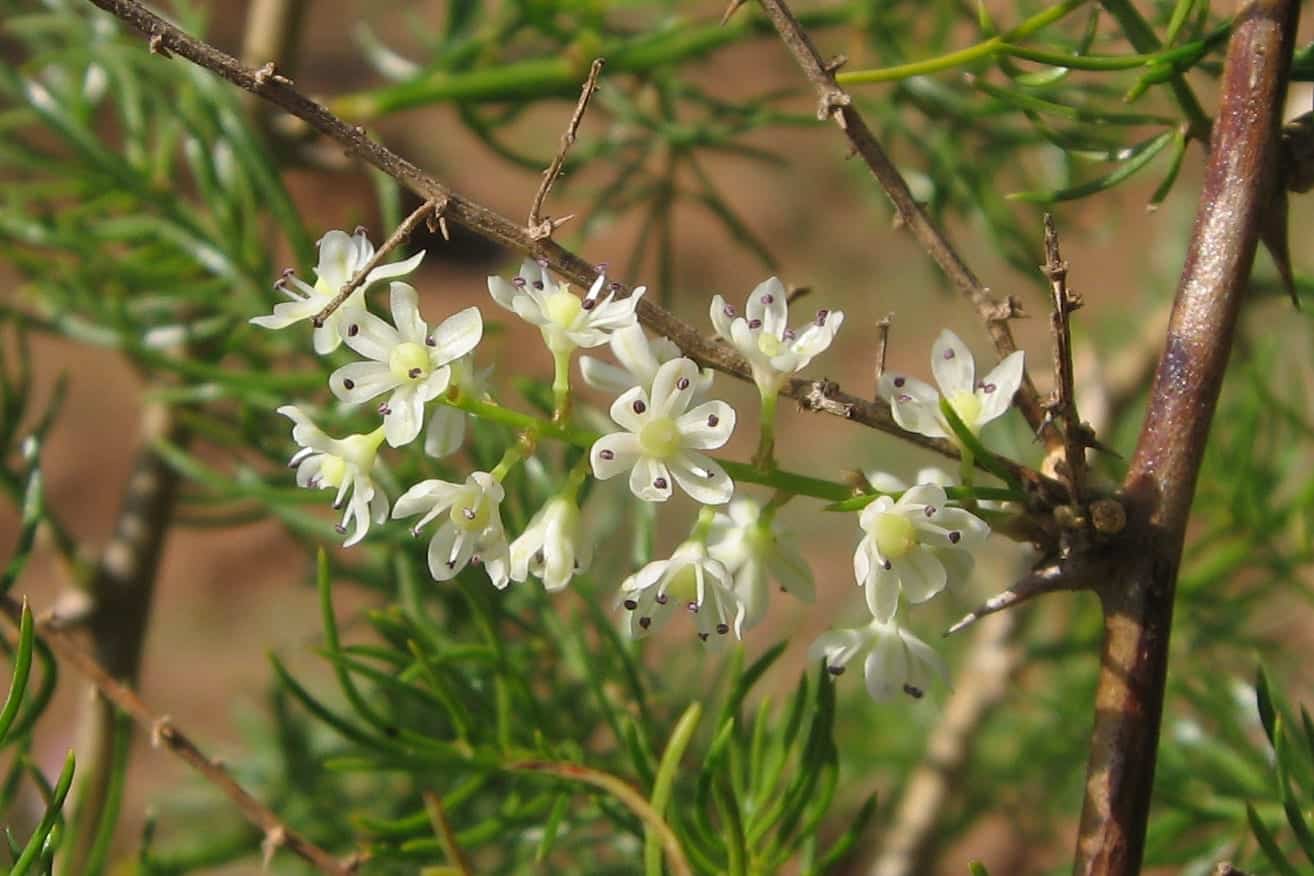
Punarnava (Boerhavia diffusa)
Punarnava (Boerhavia diffusa) means ‘the one that renews the body’ due to its rejuvenating and cleansing activity, which allows effective nourishment to reach the tissues. It also increases the digestive fire, which is useful in sluggish digestion. Punarnava root is also a very effective diuretic and is used specifically to reduce breast swelling and excess fat tissue.
Shatavari (Asparagus racemosus)
Shatavari (Asparagus racemosus) translates as, ‘she who possesses a thousand husbands’. It is an excellent nourishing tonic and an important rejuvenative for women with a particular affinity for the female reproductive system. It is also classed as an adaptogen and contains a proportion of immune stimulating polysaccharides, making it nutritive and tonifying to a weakened immune system exacerbated by stress. Unlike many of the herbs described here as cleansing, this herb is building, nourishing, and lubricating, especially helpful with excess vata causing dryness . It has significant oestrogenic activity so use with some caution with oestrogen-sensitive health issues. Shatavari has a long history of use as a galactagogue (12).
Sariva (Hemidesmus indicus)
Sariva (Hemidesmus indicus) balances all three doshas. It is a good cooling and cleansing remedy for excess pitta in the body and mind (calms irritable emotions). It stimulates agni, also helping to remove ama/toxins. Sariva is a rasayana/rejuvenating tonic that nourishes rasa dhatu.
Triphala
Triphala is one of Ayurveda’s most famous formulas for clearing obstructions. It draws stagnating toxins out of the tissues to be eliminated naturally and can be very beneficial for digestive support alongside breast health issues.
Trikatu
Trikatu (‘three hots’) with ginger, black pepper and long pepper provides a pungent taste and strongly heating effect, along with light, drying qualities. It pacifies vata and kapha but aggravates pitta so it is not suitable with hyperacidity, ulcers, with signs of aggravated pitta (heat) or in pregnancy. It acts on plasma, blood, muscle, fat, channels of digestion, respiration and the colon, being used in Ayurveda to support weight loss, metabolism, digest fats and ama (and LDL cholesterol).
Holistic solutions
Dietary support
Undergo seasonal cleanses to improve agni and reduce ama
Short periods of regular cleansing are considered an important part of an Ayurvedic lifestyle. Cleanses not only balance the doshas but also promote the elimination of ama or toxins, which prevents the natural cellular intelligence from working normally. This could mean once a week, once a month, or when the seasons change. Like much of Ayurveda, there is no ‘one size fits all’ approach and the length and intensity vary.

Organic food
The breast tissue is largely made up of fat and even the milk made by the ducts has a significant fat content. Most environmental toxins are lipophilic, meaning they mix well with and live in fatty tissue. Among these lipophilic and estrogenic toxins are bisphenol A, the chemical more commonly known as BPA that is in many plastics, and organochlorines found in pesticides. This especially applies to dairy and meat, as dairy concentrates pollutants that mimic oestrogens and meat amplifies this process further. What is concerning is that many of these chemicals have been found in breast milk and irregular breast tissue (13).
Stay hydrated
Rasa dhatu contains the fluids within the body, and its depletion leads to dehydration, constipation, headaches, skin impurities, immune deficiency, fatigue, lack of enthusiasm and eventually more serious health issues. Several studies have found that drinking enough to avoid mild dehydration helps support brain function and the ability to carry out simple tasks, such as problem-solving (14).To assess whether enough fluid is being consumed, Ayurvedic practitioners looks for signs such as dry skin, chapped lips, anxiousness, or diminished enthusiasm, all signs of depleted rasa dhatu. Vata predominant constitution types are prone to dryness and pitta dosha is naturally hotter, so both these dosha predominant types tend to need more water than kapha constitutions, who are naturally higher in the water element.
Ayurveda lifestyle suggestions to support breast health
Ayurvedic warm oil massage (abhyanga) can be extremely helpful in supporting breast health and is the single most helpful lifestyle suggestion. Try a regular self-massage including the breast area with warm oil to increase circulation, calm vata, and the nervous system and prevent dry skin. Lad recommends the following simple massage to relieve breast pain:
“Take one teaspoon of warm castor oil and gently massage the breast from inside outward… from the sternum back towards the armpit, both underneath and around the nipple, and to the side. This kind of gentle massage before the morning bath, as well as bedtime, will help to relieve soreness” (15)
Scientific evidence points to the positive benefits of breast massage, from supporting lymphatic movement and drainage to supporting healthy lactation (16). Massage has also been shown to reduce lymphedema, a common side effect after lymph node removal during breast surgery where there is swelling from backed-up lymphatic fluid (17). Breast and chest massage also has the potential to decrease breast pain, significantly improve discomfort, most likely due to its ability to reduce stagnation in rasa dhatu (18).
Castor oil packs are used by many forms of traditional medicine, including Ayurveda, to improve assimilation, elimination and circulation, especially of the lymphatic system. A castor oil pack is a piece of wool or cloth soaked in castor oil applied to the skin. The cloth may be a cotton flannel or other dense material that can soak up a lot of liquid. A castor oil pack is placed on the skin to increase circulation and to promote elimination and healing of the tissues and organs underneath the skin. It is often used to stimulate the liver, relieve pain, increase lymphatic circulation, reduce inflammation, and improve digestion. Do not use a heated castor oil pack for uterine growths, cancer tumours, or ulcers, or if pregnant, breastfeeding, or menstruating (19).
Avoid use of antiperspirants which discourage toxins from exiting the skin under the armpits, causing undue concentration of toxic material near the breasts. However, there is currently a lack of systematic research on this topic (20). Instead, look for safe deodorants (different from antiperspirants) made of natural ingredients.
Avoid underwire bras as the hard wire runs along the same path as the breast’s lymph nodes thereby reducing the drainage of any accumulated toxins (3). Non-underwired bras are now widely available.
Daily exercise is crucial in maintaining optimum weight and reducing the risk of stagnation. However, too much exercise is viewed by Ayurveda to be just as damaging as too little when it comes to hormonal health, so balance is key here. An enjoyable form of exercise will prevent weight gain, lower stress levels and improve mood. Aerobic exercise is ideal, but strength training should be included too, to support muscle mass.
Yoga can help prevent breast cancer by helping to balance hormones, supporting the immune system (mostly by stimulating lymph flow) and helping to foster healthy relationships for women with their bodies and the environment (3). Yoga has also been widely shown to help with breast cancer treatment by improving health-related quality of life, mental health, cancer-related symptoms, fatigue, mood and treatment-related weight gain (21,22).
References
- Vasant Lad. Textbook of Ayurveda. Volume Three, General Principles of Management and Treatment. Ayurvedic Press; 2012.
- सुश्रुत. An English Translation of the Sushruta Samhita: Nidāna-Sthāna, Śāriri-Sthāna, Chikitsta-Sthāna and Kalpa-Sthāna.; 1963.
- Welch C. Balance Your Hormones, Balance Your Life : Achieving Optimal Health and Wellness through Ayurveda, Chinese Medicine, and Western Science. Da Capo Lifelong; 2011.
- Qiu R, Zhong Y, Hu M, Wu B. Breastfeeding and Reduced Risk of Breast Cancer: A Systematic Review and Meta-Analysis. Khalaf OI, ed. Computational and Mathematical Methods in Medicine. 2022;2022:1-9. https://doi.org/10.1155/2022/8500910
- Herron RE, Fagan JB. Lipophil-mediated reduction of toxicants in humans: an evaluation of an ayurvedic detoxification procedure. PubMed. 2002;8(5):40-51.
- Wilkinson L, Gathani T. Understanding Breast Cancer as a Global Health Concern. The British Journal of Radiology. 2021;95(1130). https://doi.org/10.1259/bjr.20211033
- Anand P, Kunnumakara AB. Cancer is a Preventable Disease that Requires Major Lifestyle Changes. Pharmaceutical Research. 2008;25(9):2097-2116. https://doi.org/10.1007/s11095-008-9661-9
- Paula NCNM de, Martins JAM, Amaral LM, et al. Breast cancer: Is grief a risk factor? Revista da Associação Médica Brasileira. 2018;64(7):595-600. https://doi.org/10.1590/1806-9282.64.07.595
- NHS. Symptoms of Breast Cancer in Women. nhs.uk. Published March 15, 2024. https://www.nhs.uk/conditions/breast-cancer-in-women/symptoms-of-breast-cancer-in-women/
- NHS. Breast pain. nhs.uk. Published October 17, 2017. https://www.nhs.uk/conditions/breast-pain/
- Alookaran J, Tripp J. Castor Oil. PubMed. Published 2022. https://www.ncbi.nlm.nih.gov/books/NBK551626/
- Wild Asparagus. Drugs and Lactation Database (LactMed®). Published online Autumn 2025. https://pubmed.ncbi.nlm.nih.gov/30000872/
- Kahn LG, Philippat C, Nakayama SF, Slama R, Trasande L. Endocrine-disrupting chemicals: implications for human health. The Lancet Diabetes & Endocrinology. 2020;8(8):703-718. https://doi.org/10.1016/S2213-8587(20)30129-7
- Masento NA, Golightly M, Field DT, Butler LT, van Reekum CM. Effects of Hydration Status on Cognitive Performance and Mood. British Journal of Nutrition. 2014;111(10):1841-1852. https://doi.org/10.1017/s0007114513004455
- Lad V. The Complete Book of Ayurvedic Home Remedies. Three Rivers Press; 1999.
- Sritas S, Kositamongkol S, Nukaw S, Phetkate P. Evaluating the Safety and Efficacy of Manual Lymphatic Drainage with Thai Traditional Massage on Breast Milk Volume, Breast Pain and Engorgement in Post-Cesarean Mothers of Preterm Infants: A Randomized Controlled Trial. The Open public health journal. 2023;16(1). https://doi.org/10.2174/0118749445267207230919070638
- Ezzo J, Manheimer E, McNeely ML, et al. Manual lymphatic drainage for lymphedema following breast cancer treatment. Cochrane Database of Systematic Reviews. 2015;(5). https://doi.org/10.1002/14651858.cd003475.pub2
- Ahn S, Kim J, Cho J. Effects of Breast Massage on Breast Pain, Breast-milk Sodium, and Newborn Suckling in Early Postpartum Mothers. Journal of Korean Academy of Nursing. 2011;41(4):451. https://doi.org/10.4040/jkan.2011.41.4.451
- Kennedy D, Keaton D. Evidence for the Topical Application of Castor Oil – International Journal of Naturopathic Medicine. International Journal of Naturopathic Medicine. Published March 13, 2012. https://intjnm.com/evidence-for-the-topical-application-of-castor-oil/
- Allam MF. Breast Cancer and Deodorants/Antiperspirants: a Systematic Review. Central European Journal of Public Health. 2016;24(3):245-247. https://doi.org/10.21101/cejph.a4475
- Cramer H, Lauche R, Klose P, Lange S, Langhorst J, Dobos GJ. Yoga for improving health-related quality of life, mental health and cancer-related symptoms in women diagnosed with breast cancer. Cochrane Database of Systematic Reviews. 2017;1(1). https://doi.org/10.1002/14651858.cd010802.pub2
- Greaney SK, Amin NP, Prudner BC, et al. Yoga Therapy During Chemotherapy for Early-Stage and Locally Advanced Breast Cancer. 2022;21:153473542211372-153473542211372. https://doi.org/10.1177/15347354221137285

